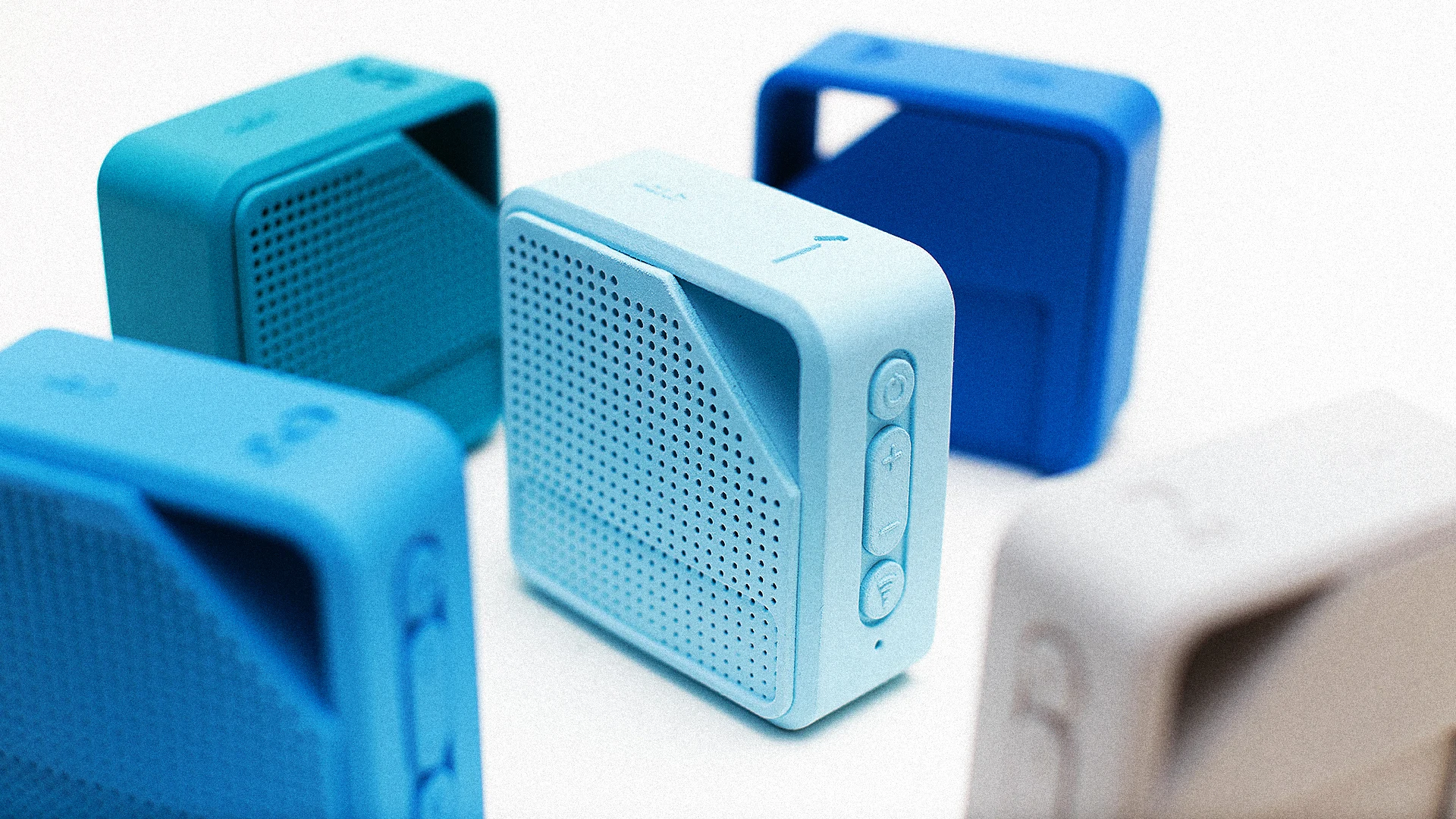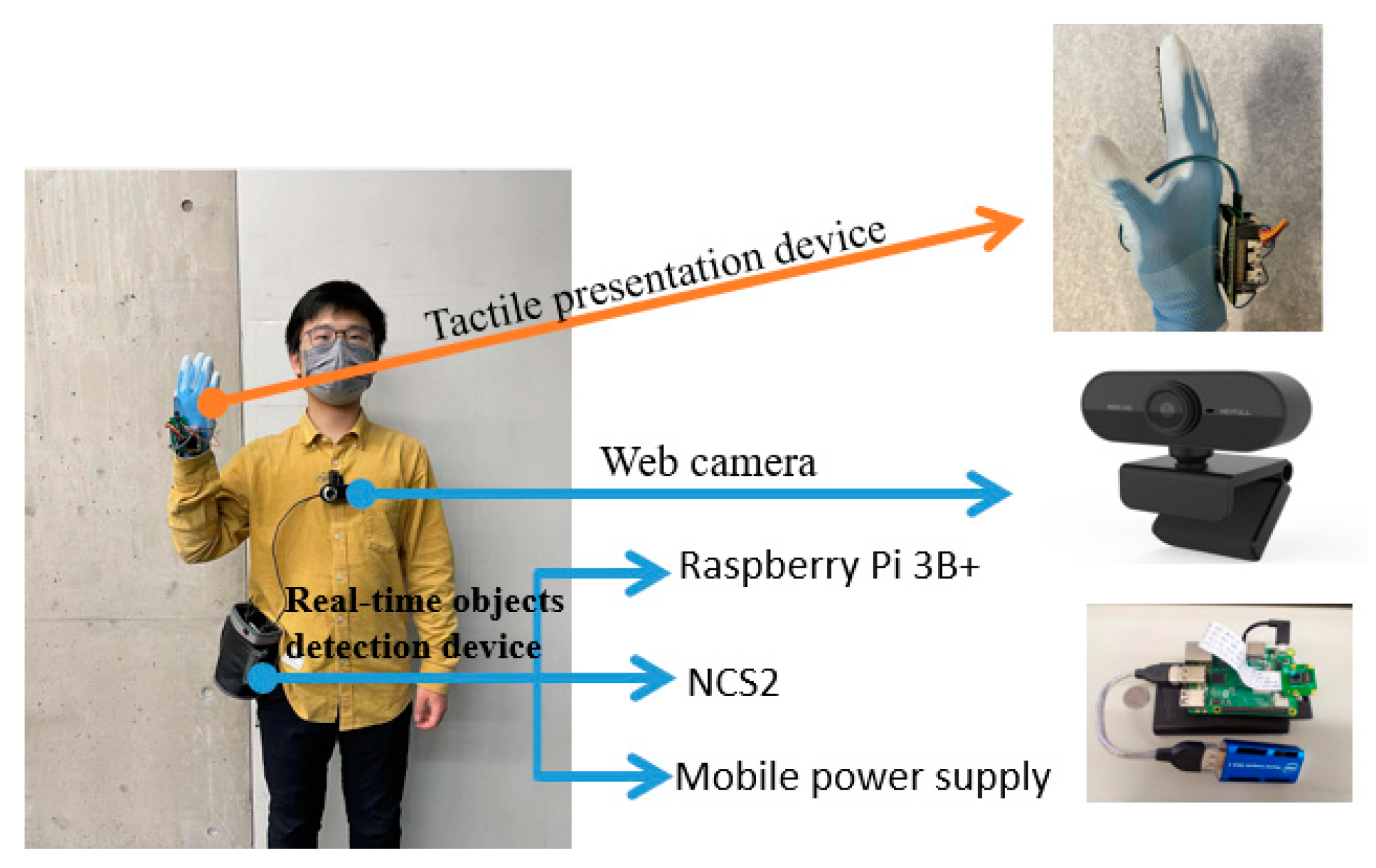Smart Glasses for the Visually Impaired: Advances in Vision Support
Smart Glasses for the Visually Impaired: Advances in Vision Support
Blog Article
Discover Innovative Tools Designed for the Aesthetically Impaired
The growth of innovative tools for the visually impaired stands for a substantial development in access and freedom. Technologies such as smart glasses with AI abilities and mobile applications made to provide acoustic summaries are reshaping day-to-day experiences for users. Additionally, wearable gadgets that utilize haptic comments boost ecological recognition, while modern-day Braille developments offer brand-new methods to involve with message. As these devices proceed to evolve, their influence on the lives of those with visual disabilities raises important questions about the future of inclusivity and freedom in different elements of life. What exists in advance in this technical landscape?
Smart Glasses for Navigation

Smart glasses developed for navigating are transforming the way visually impaired individuals interact with their environment. These innovative gadgets utilize a mix of cam modern technology, man-made intelligence, and acoustic responses to provide real-time info concerning environments. By using challenge discovery systems, wise glasses can notify users to potential hazards, enabling safer movement in both unfamiliar and familiar setups.
The integration of GPS modern technology even more boosts navigation abilities, allowing individuals to obtain acoustic instructions as they relocate. This hands-free approach not just fosters self-reliance however additionally encourages visually damaged people to browse city landscapes with boosted self-confidence. In addition, lots of smart glasses are equipped with functions that determine spots and road signs, supplying contextual details that enhances the user experience.
Moreover, the advancement of these devices is continually progressing, with companies working to boost the precision of item recognition and expand the variety of navigational features. As smart glasses come to be a lot more cost effective and available, they hold the prospective to significantly change every day life for visually impaired individuals. Ultimately, these innovative tools represent a critical action towards inclusivity, offering enhanced movement and a greater feeling of autonomy for people navigating the globe around them.

Mobile Application for Daily Living
Just how can mobile applications improve the everyday lives of visually impaired people? Mobile applications are reinventing the method aesthetically impaired users navigate their atmospheres, take care of daily jobs, and access details. These applications offer vital assistance via numerous functionalities, cultivating self-reliance and boosting lifestyle.
Numerous ingenious mobile apps are created particularly for day-to-day living. Apps like Be My Eyes attach aesthetically impaired customers with sighted volunteers via video clip telephone calls, allowing them to get real-time help with tasks such as reading labels or browsing strange areas. Seeing AI, created by Microsoft, utilizes artificial intelligence to define environments, reviewed message, and determine objects, successfully transforming a smartphone into an effective tool for day-to-day aid.
In addition, navigating apps customized for the aesthetically damaged, such as Aira and BlindSquare, supply audio-based directions and ecological info, making it possible for individuals to traverse their environments securely and confidently. Past navigating and immediate assistance, mobile applications also sustain company and task administration, with features that aid customers establish suggestions, develop order of business, and track appointments. In summary, mobile applications serve as important sources, encouraging visually impaired individuals to lead more independent and meeting lives.
Wearable Technologies for Support
Empowerment with innovation is significantly noticeable in the realm of wearable devices designed to help visually impaired individuals. These innovative tools incorporate perfectly right into everyday life, enhancing navigation and giving essential comments to individuals. For instance, smart glasses outfitted with cams can recognize faces and check out message aloud, enabling customers to engage even more with confidence in social and expert setups.
An additional significant development is making use of haptic responses systems in wearable gadgets. These systems use vibrations or other responsive signals to communicate details regarding the customer's environment, such as challenges or modifications in surface, boosting mobility and security. Wearable modern technologies likewise include wristbands that attach to mobile phones, alerting users to notifications with refined resonances, hence improving connectivity without dependence on visual hints.
As these modern technologies remain to develop, they are not just improving self-reliance for visually damaged individuals however also fostering a greater feeling of incorporation in society. By linking the space between obstacles dealt with in daily living and the capacity for freedom, wearable technologies act as critical devices in the pursuit for equal rights and empowerment for those with aesthetic impairments.
Audio Summary Tools
Sound summary devices play a vital duty in enhancing accessibility for aesthetically damaged individuals, offering them with the capacity to involve with aesthetic media. Voice-activated assistive devices. These tools offer narrated descriptions of key aesthetic aspects in movies, television shows, and live performances, ensuring that users can completely comprehend the context and feelings communicated through visuals
Audio description can be integrated into different platforms, including streaming solutions, movie theater screenings, and live movie theater. Several preferred streaming solutions now consist of audio description as an accessibility attribute, permitting customers to select it quickly. Along with traditional media, specialized applications additionally exist, giving audio descriptions for art events, galleries, and other cultural events.
The effectiveness of audio summary depends upon the ability of the storytellers, that have to convey aesthetic information succinctly without taking away from the initial audio. Technologies in this field Voice-activated assistive devices are likewise paving the method for even more customized experiences, where individuals can change the level of detail and pacing according to their choices.
Braille Innovations and Instruments
Braille tools and advancements have substantially changed the method visually impaired individuals communicate with message and information. Modern innovations have led to the growth of functional devices that enhance proficiency and self-reliance among users.
Additionally, mobile Braille notetakers integrate traditional Braille input with contemporary functionalities, helping with note-taking, scheduling, and document editing on the go. Screen readers for the blind. These compact tools often feature text-to-speech capabilities, connecting the gap between Braille and auditory details
Furthermore, ingenious Braille printers have actually arised, enabling individuals to generate Braille tags, records, and educational products successfully. This accessibility fosters better involvement in expert and instructional environments, eventually advertising inclusivity.
In addition, research study right into clever Braille innovations continues to increase. Tools that include synthetic intelligence are being discovered to give real-time navigation support and contextual details, improving the individual experience in varied setups. On the whole, these advancements mirror a dedication to equipping visually damaged individuals through technology, ensuring they can conveniently gain access to and engage with the globe around them.

Verdict
The advancement of ingenious devices for the visually impaired dramatically improves independence and top quality of life. These innovations not just foster greater addition however additionally promote autonomy in everyday tasks, ultimately adding to a much more fair and available culture for visually damaged people.
As clever glasses end up being much more easily accessible and budget friendly, they hold the potential to substantially transform daily life for visually damaged individuals. Mobile applications are changing the means aesthetically damaged customers browse their environments, manage everyday jobs, and access info. Apps like Be My Eyes connect aesthetically impaired users with sighted volunteers via video telephone calls, enabling them to receive real-time assistance with jobs such as reading tags or browsing strange areas.Additionally, navigating applications tailored for the visually damaged, such as Aira and BlindSquare, offer audio-based instructions and environmental information, making it possible for individuals to traverse their environments safely and confidently.The improvement of ingenious tools for the aesthetically impaired significantly improves independence and high quality of life.
Report this page